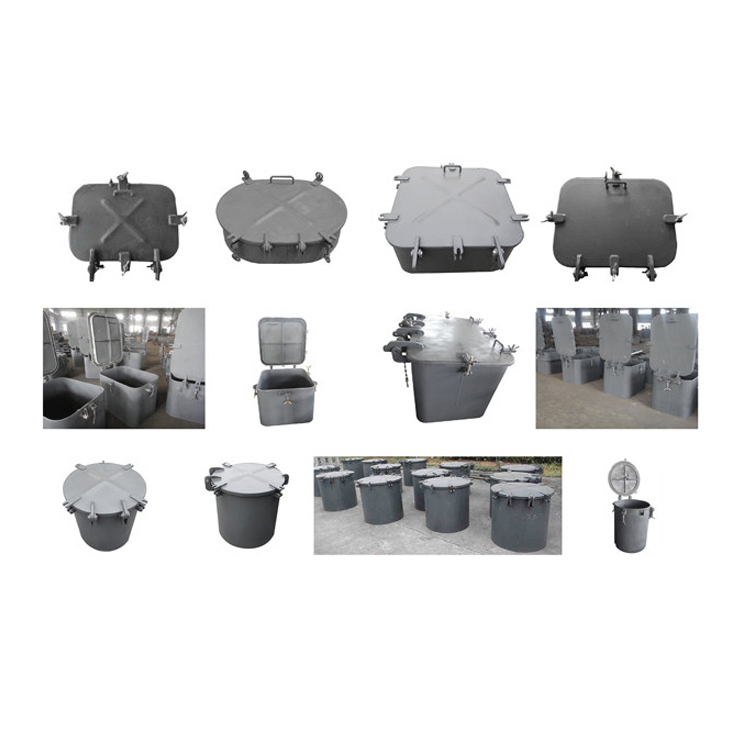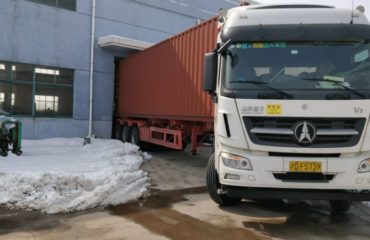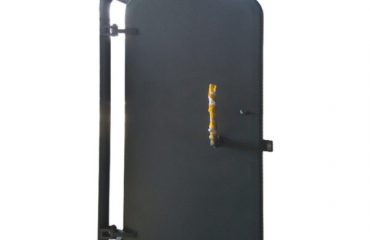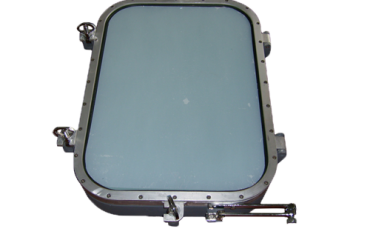Ship fittings refer to the diverse range of components and parts that support the functionality, safety, and efficiency of marine vessels—from small boats to large cargo ships and cruise liners. Unlike standard industrial fittings, these components are engineered to withstand the unique challenges of the marine environment, including saltwater corrosion, extreme weather, constant vibration, and high pressure. Their proper selection and maintenance are critical to ensuring a ship’s smooth operation and long service life.
A key category of ship fittings is piping system fittings, which manage the flow of fluids (such as water, fuel, and oil) throughout the vessel. Elbows, tees, and reducers are common here, but marine-grade versions are made from corrosion-resistant materials like duplex stainless steel, brass, or bronze. For example, ball valves in ship piping systems are designed to handle high-pressure fluid flow while resisting saltwater damage, ensuring reliable control of fuel transfer or cooling water circulation. Another essential type is hose fittings, which connect flexible hoses to rigid pipes—these often feature leak-tight seals and reinforced structures to prevent bursts, even in rough seas.

Structural and safety fittings are equally vital for ship integrity. Cleats and bollards, mounted on the deck, secure ropes and mooring lines to keep the ship stable during docking or anchoring. These fittings are built with heavy-duty steel to withstand the tension of mooring lines in strong winds or currents. Handrails and stanchions, installed along decks and stairways, provide safety for crew and passengers, with non-slip surfaces and corrosion-resistant coatings to handle wet conditions. Additionally, hatch covers and their associated fittings (like latches and gaskets) create waterproof seals for cargo holds, protecting goods from seawater damage during transit.
Marine environment adaptability is a defining feature of quality ship fittings. Saltwater is highly corrosive, so most fittings undergo specialized treatments—such as galvanization, chrome plating, or powder coating—to prevent rust and degradation. For fittings exposed to constant submersion (like underwater valves or propeller components), materials like titanium or marine-grade aluminum are preferred for their exceptional corrosion resistance. Vibration resistance is another key design factor: fittings are often secured with shock-absorbing mounts to reduce wear from the ship’s engine or wave-induced movement, which can loosen connections over time.
Maintenance of ship fittings is essential to avoid costly breakdowns at sea. Regular inspections involve checking for signs of corrosion, leaks, or wear—for example, testing valve seals for tightness or examining hose fittings for cracks. Cleaning with marine-safe, non-abrasive solutions helps remove salt deposits that accelerate corrosion. When replacements are needed, using fittings that meet international marine standards (such as ISO or ABS guidelines) ensures compatibility and performance. For critical fittings like safety valves or mooring bollards, periodic load testing may also be required to confirm they can handle operational stresses.





